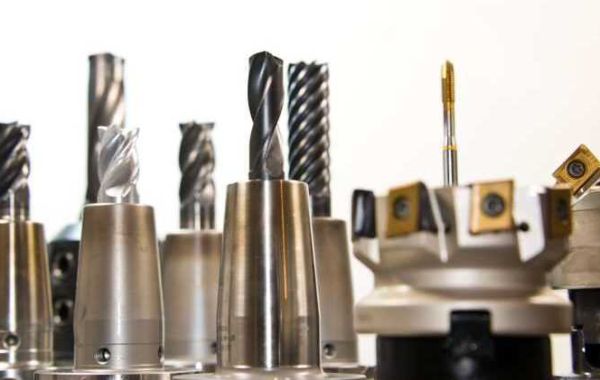CNC turning titanium parts generally falls on the higher end of the cost spectrum compared to machining other materials. Here's a breakdown of the factors affecting the price and how it compares to other methods:
Factors Affecting Cost of CNC Turning Titanium
- Material Cost: Titanium itself is a more expensive raw material compared to commonly used metals like aluminum or steel.
- Machinability: Titanium's strength and tendency to work harden during machining necessitate slower cutting speeds, specialized cutting tools with higher wear resistance, and potentially more hands-on operator involvement. These factors contribute to increased machining time and cost.
- Part Complexity: Simpler, rotationally symmetrical parts suitable for CNC turning will generally be less expensive than parts with complex features requiring additional machining processes.
- Part Size:Larger titanium parts will require more material and potentially longer machining times, leading to higher costs.
- Finishing Requirements:Additional post-processing steps like polishing or anodizing will add to the overall cost of the CNC turned titanium parts.
Cost Comparison with Other Methods
- CNC Turning Softer Metals:CNC turning aluminum or steel parts is significantly cheaper due to lower material cost, faster machining speeds, and less demanding tooling requirements.
- CNC Milling Titanium:The cost can be comparable to CNC milling titanium, depending on part complexity. Milling might be more suitable for parts with non-cylindrical features but could involve additional complexities impacting cost.
- 3D Printing Titanium: For very complex parts, 3D printing titanium with metal powder bed fusion technologies can be even more expensive than CNC turning. However, for simpler designs, 3D printing might be competitive in terms of cost.
- Casting or Forging Titanium: For high-volume production of relatively simple titanium parts, casting or forging can be the most cost-effective option. However, these methods offer less flexibility in design compared to CNC machining.
When deciding on the most cost-effective method for your titanium parts, consider the factors mentioned above. Consulting with a qualified CNC machining service provider can help you evaluate your design, production volume, and budget to determine if CNC turning is the most suitable and cost-effective approach for your specific needs. They might also suggest alternative manufacturing methods if better suited for your application.







